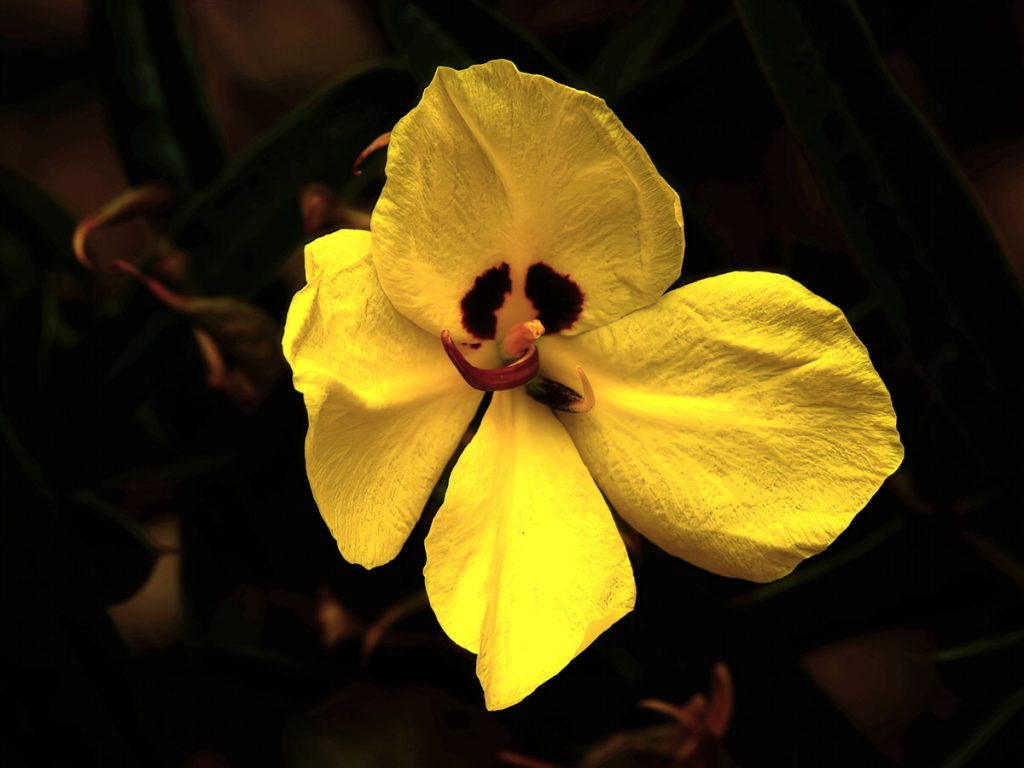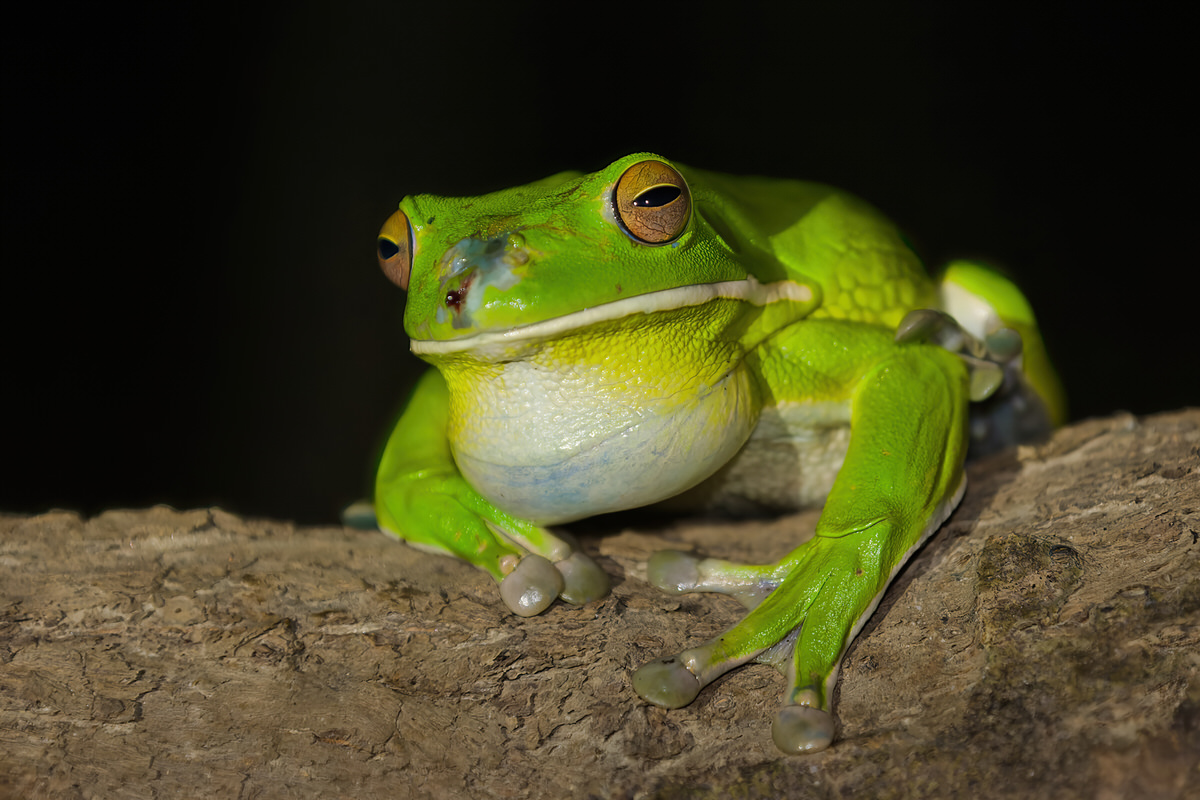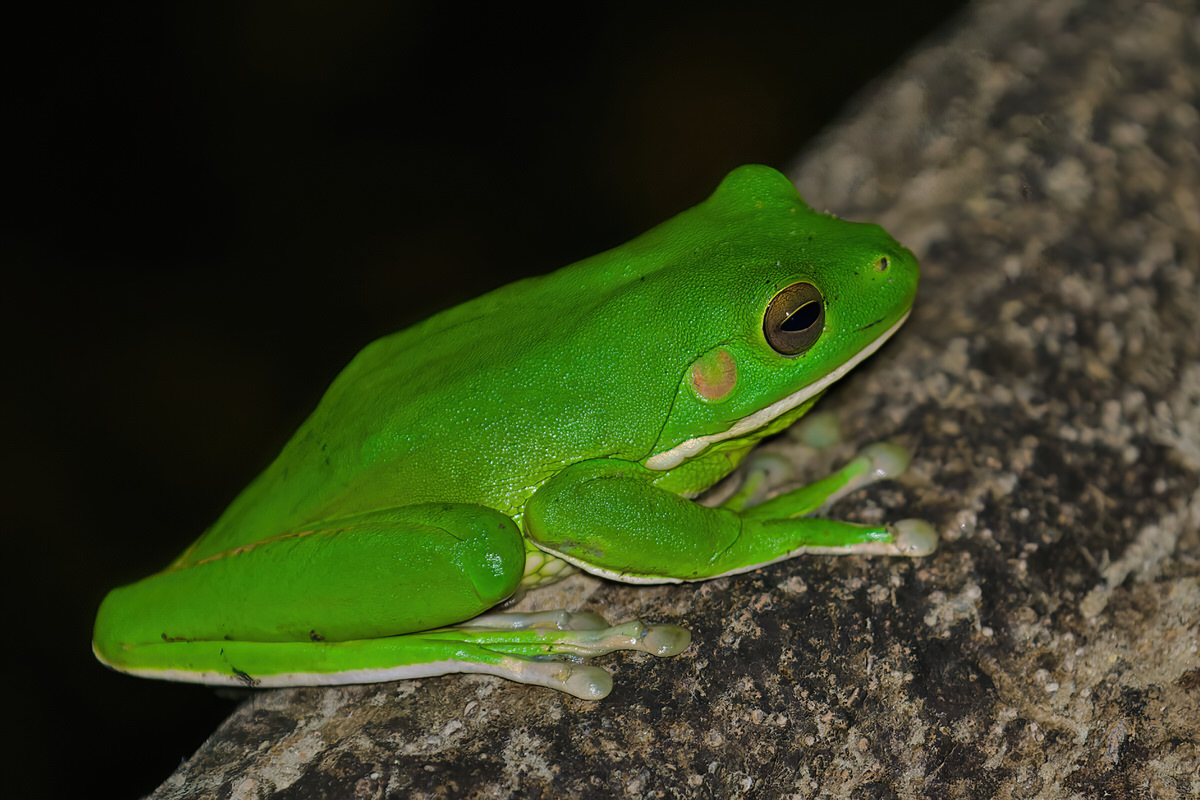The Doc took the Sony A9III out into the field for its first use. A few test photos on the ground at Bullo River Station, but the first proper test was the helicopter trip around the property. Report coming, with images, in due course.
With any new camera there is learning curve concerning how to best set it up and use it. A few mistakes were made and a few images lost, but no disaster. The Doc was worried at setting the frames per second (fps) too low in the helicopter, but the culling of images showed that not to be the case.
The camera can go up to 120 fps in High Plus speed mode. 120 fps was not used on the helicopter, but it was on the Corroboree Billabong cruise, when The Doc had limited time to get images, including the old saltwater crocodile. The camera was amazing and this feature will come in useful for action shots. You must use it sparingly and cull images cull images, hard.
Having visited Corroboree Billabong before with Wetland Cruises, The Doc knew it would be a good day trip out of Darwin. Corroboree Billabong has the highest concentration of crocs in the world. It has both fresh water and salt water crocodiles. Corroboree Billabong is located on the Mary River floodplain.
The landscape images were being taken by the Sony P&S, not the A9III, as the A9III was fitted with a 135mm lens.
The harsh light in the middle of the day meant no brilliant images from the billabong.
The roadtrains and billabong images first, followed by the crocs close ups.
















Now the croc images. The croc was getting close to 5 metres in length, so very dangerous to the stupid and unwary.



















































You must be logged in to post a comment.